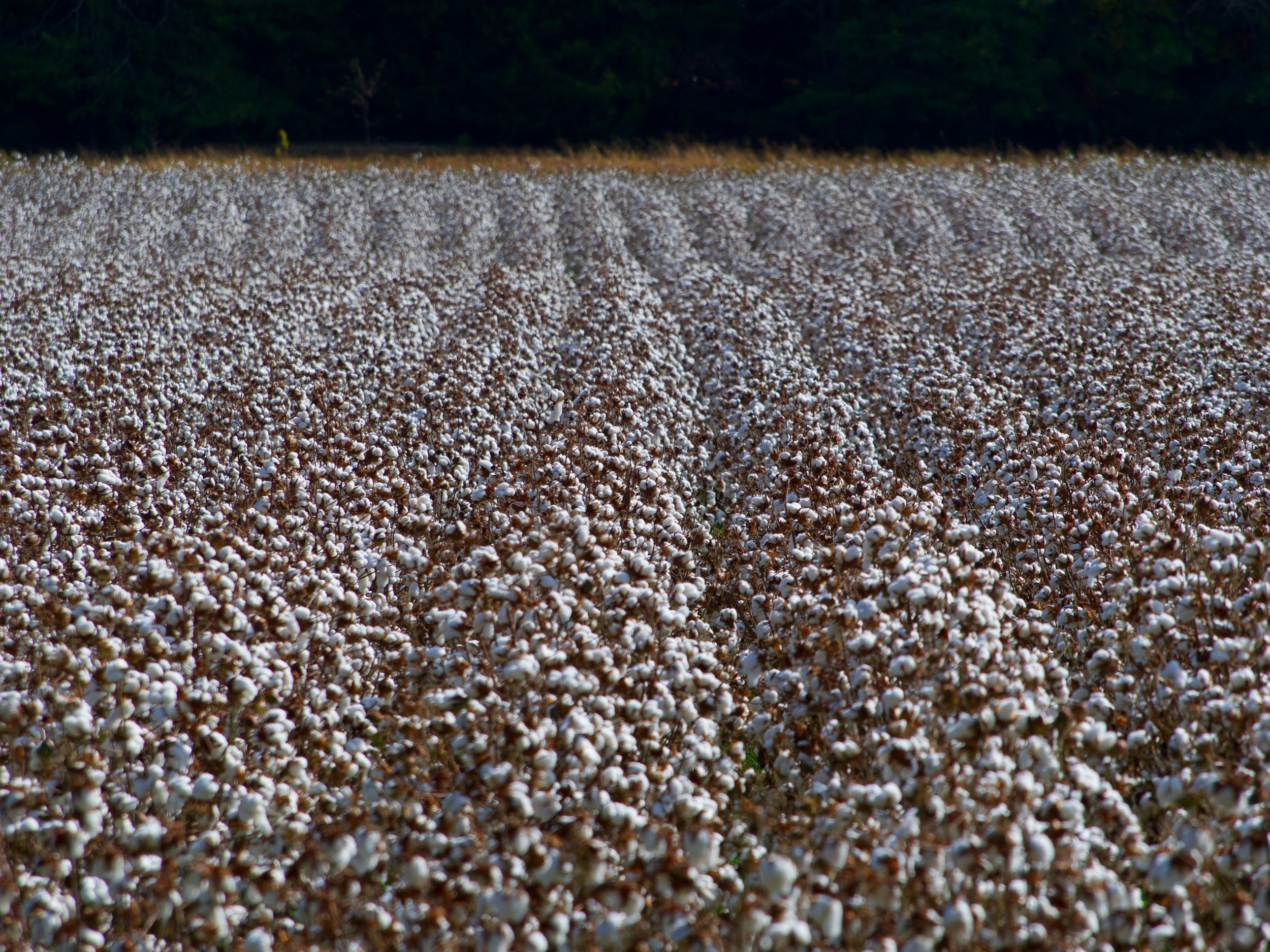
Mechanical In-Crop Weed Control





WHAT’S THE PROBLEM?
Conservation agriculture is an important part of sustainable farming, and has been embraced by farmers across Australia. However, in order to practice conservation agriculture when removing weeds in large-scale crops, farmers are currently reliant on herbicides. Due to this reliance on herbicides, many small-seeded weed species are becoming increasingly herbicide resistant.
Herbicide resistance is estimated to cost farmers $108M annually, and also threatens crop yields, ultimately threatening Australia’s food security. There are currently no alternatives to herbicides for weed control in large-scale crop farming.
WHAT’S OUR SOLUTION?
The aim of this project, which is funded by the Department of Agriculture, Water and the Environment, is to develop a mechanical weed control system for use in-crop in large-scale row-crop farming systems. With skills in engineering and weed science, the research team is working with leading farmers/innovators, industry partners and machinery manufacturers in WA, NSW and QLD to devise adoptable solutions.
This work builds on the work of the initial Weed Chipper project which was developed as a targeted tillage system for fallow weed control and was funded through the GRDC.
KEY TERMS
-
Conservation agriculture aims to prevent the loss of arable land and regenerate degraded lands. Conservation agriculture is built on three principles:
Minimum mechanical soil disturbance.
This means no tillage, and is accomplished through direct seed/fertiliser placement.Permanent organic soil cover of at least 30%.
This is done with crop residues/cover crops.Species Diversification.
This is done through varied crop sequences and associations involving at least three different crops.
UN GOALS
PROJECT PARTNERS
CEI:AgER PROJECT TEAM
A/PROF ANDREW GUZZOMI
Project Lead
ADJ. PROF MICHAEL WALSH
Senior Investigator
DR STUART WATT
Research Fellow
















